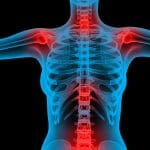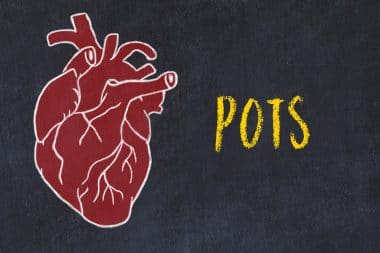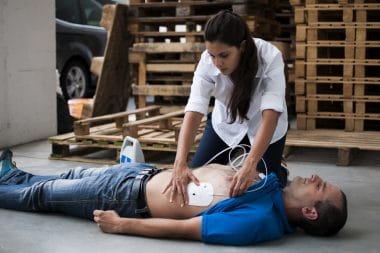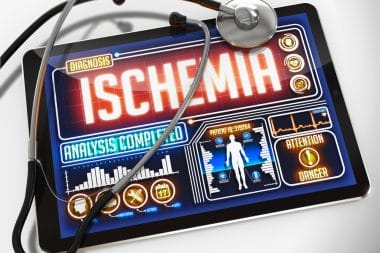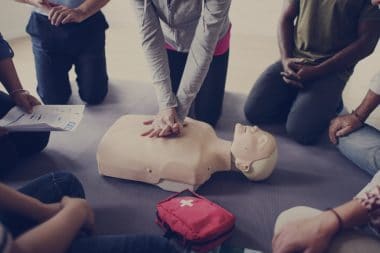The National Institutes of Health (NIH) reports that one in every 3 adults in the United States has high blood pressure.
Dr. Katrin Uhlig from Tufts Medical Center in Boston analyzed 52 studies that followed people monitoring their own blood pressure and those receiving usual care for hypertension. Studies where people used self-blood pressure monitoring alone:
Had a systolic blood pressure that was 3.9 mmHg lower than other patients
Had a diastolic blood pressure that was 2.4 mmHg lower at 6 months.
Small drops in blood pressure have been shown to statistically reduce your risk of dying from a stroke or heart disease.
Advantages to self-blood pressure monitoring:
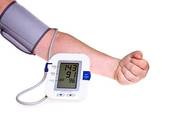
You eliminate doctor”s office stress, which elevates blood pressure numbers.
You and your doctor have more blood pressure numbers to review in order to get a clear and accurate picture of your blood pressure issues.
You will be able to see how food choices can affect your blood pressure numbers.
You will be able to see how exercise affects your blood pressure numbers.
Those who self-monitor take more ownership of their healthcare.
How do you keep track of all of your numbers?
A simple phone app can help you track your numbers (like the HealthStatus HealthTracker) . When you do go to your doctor all you need to do is simply show him/her your phone.
Home use blood pressure monitors cost around $40.00
